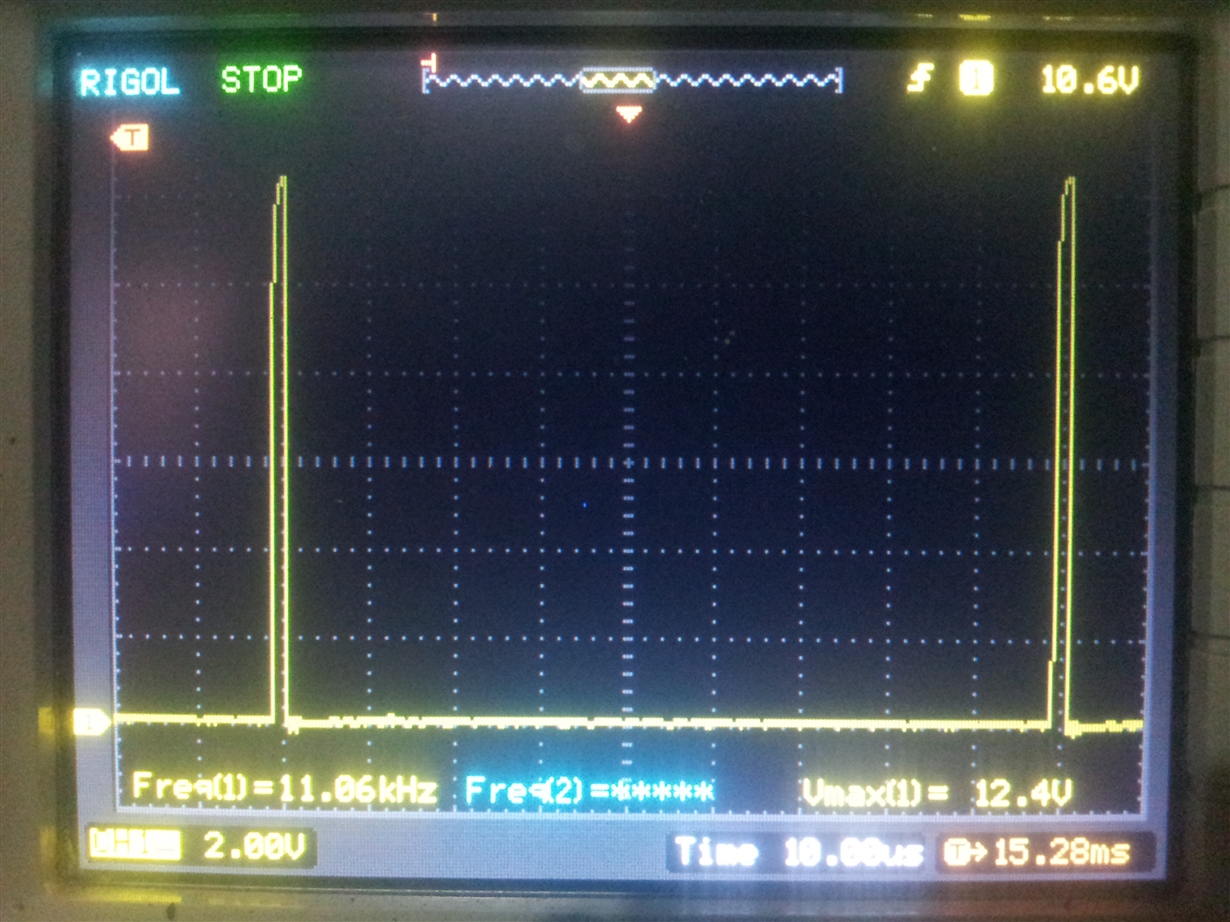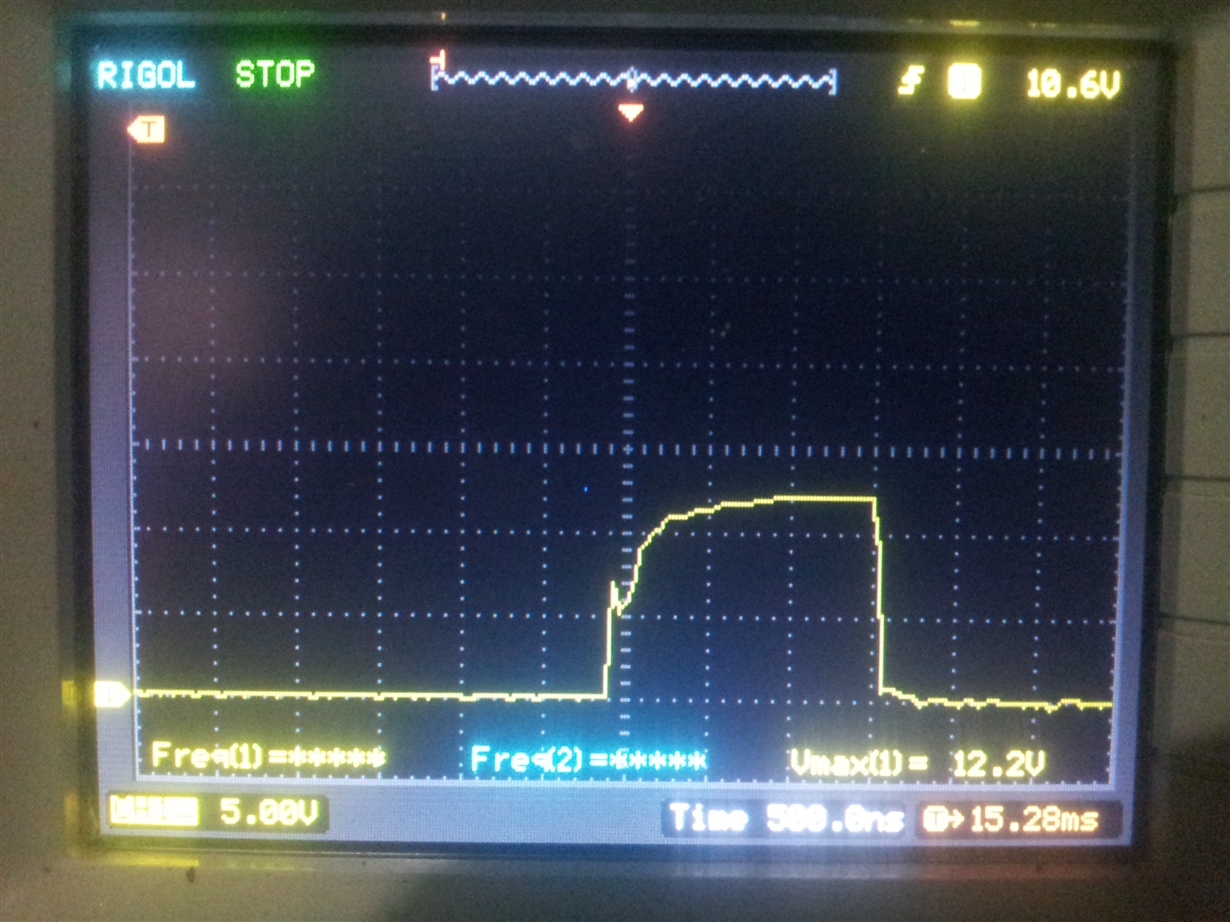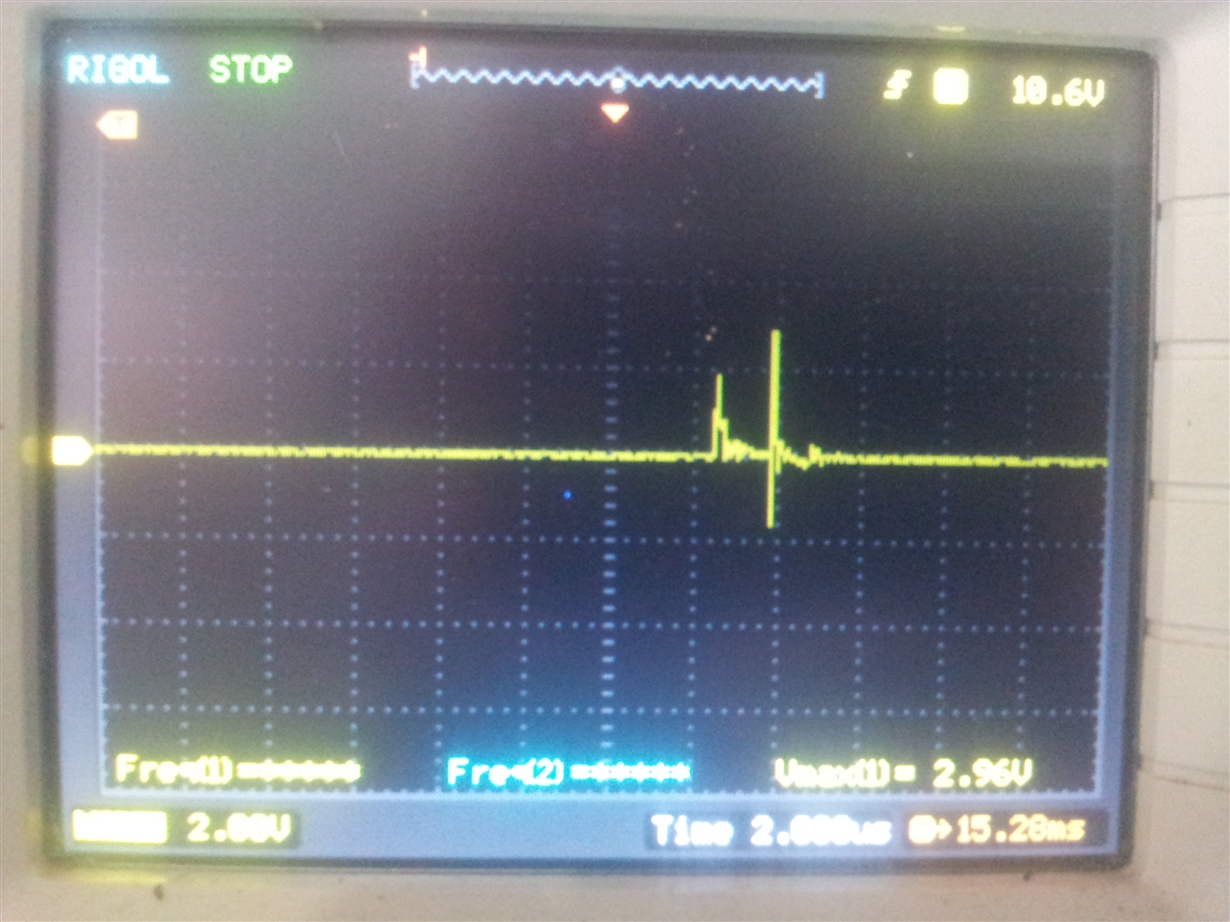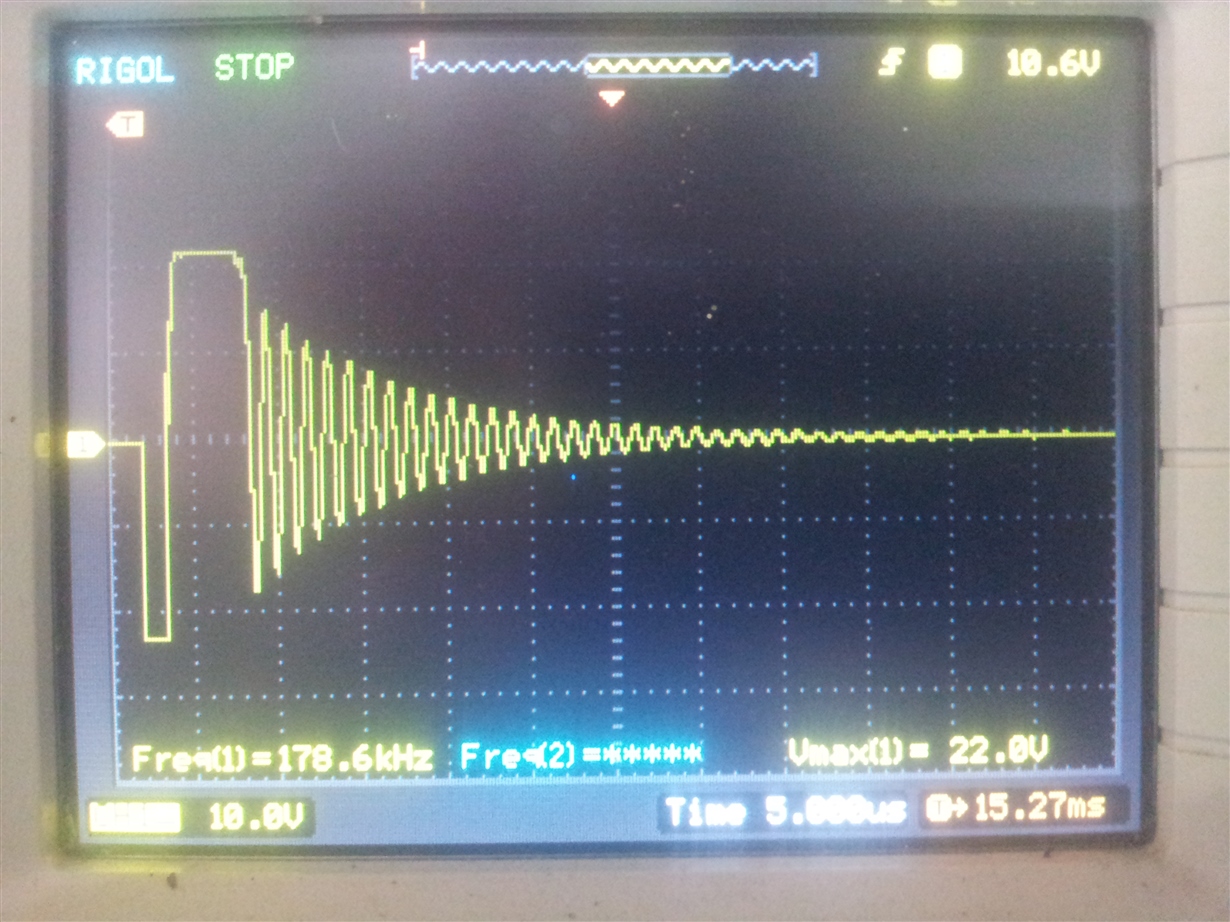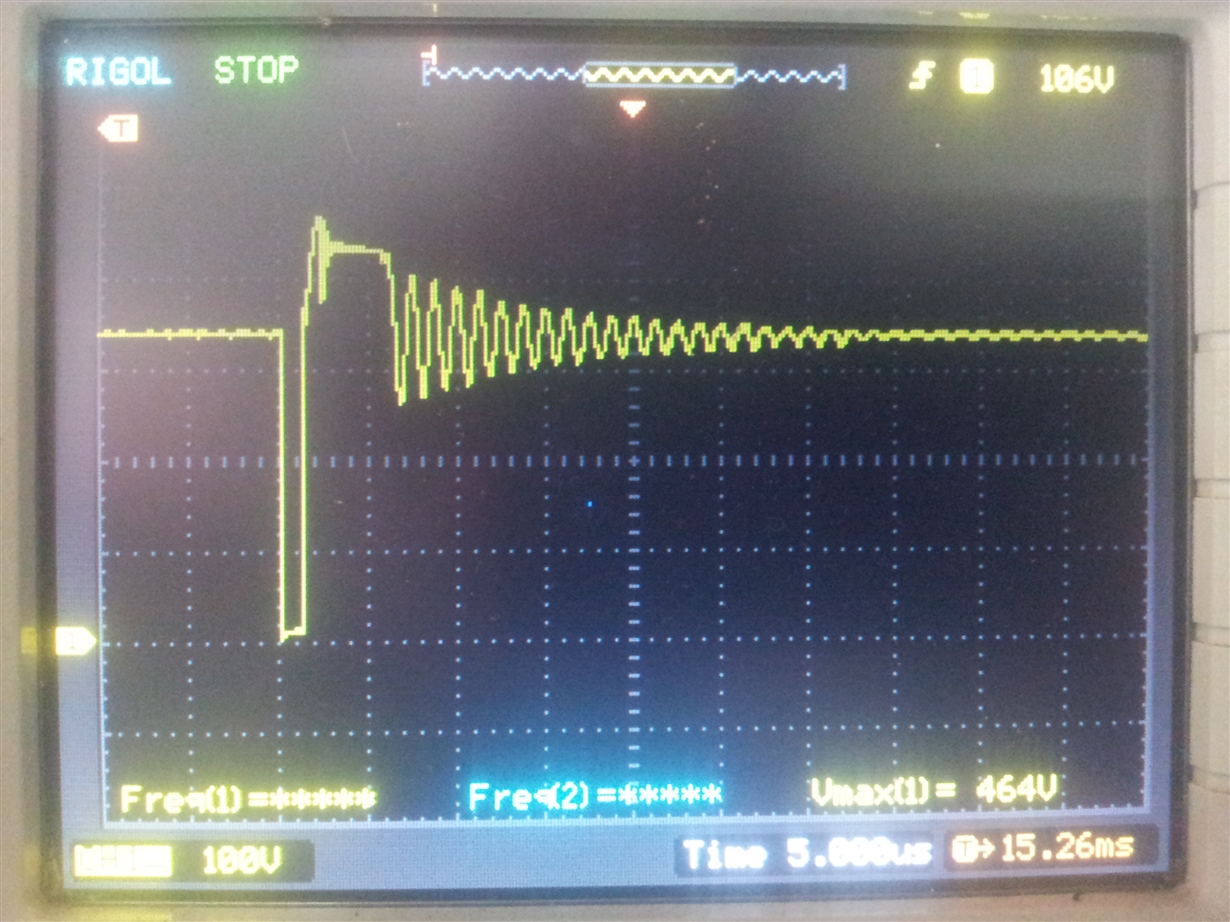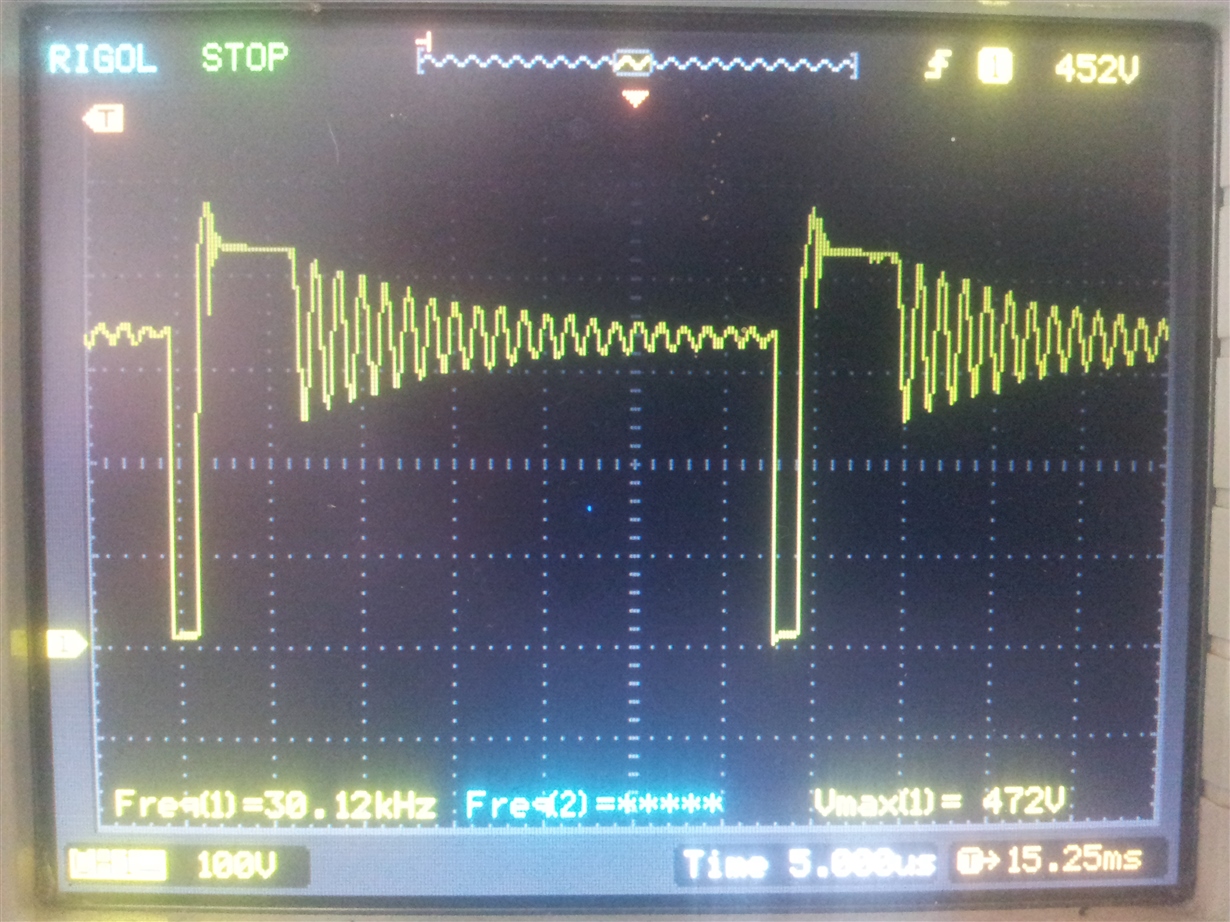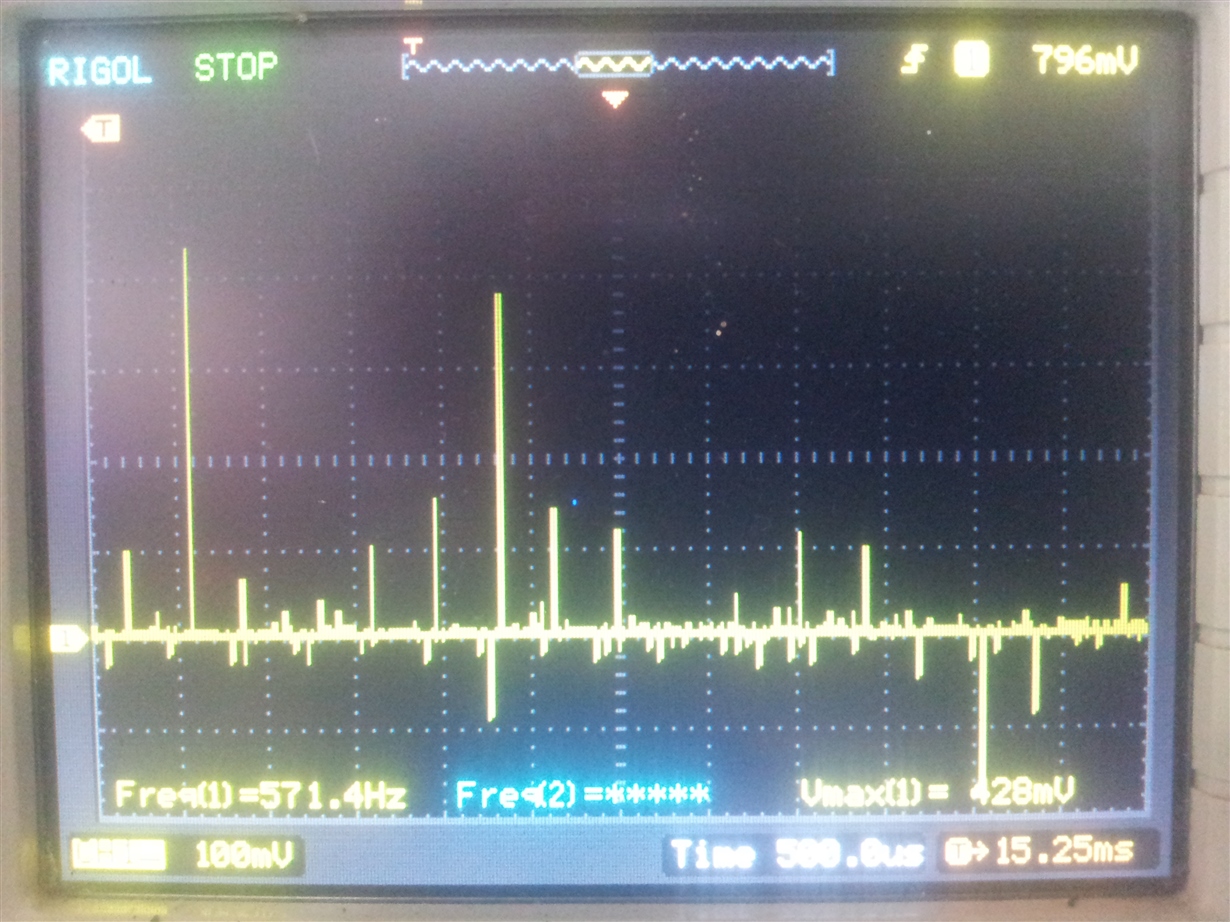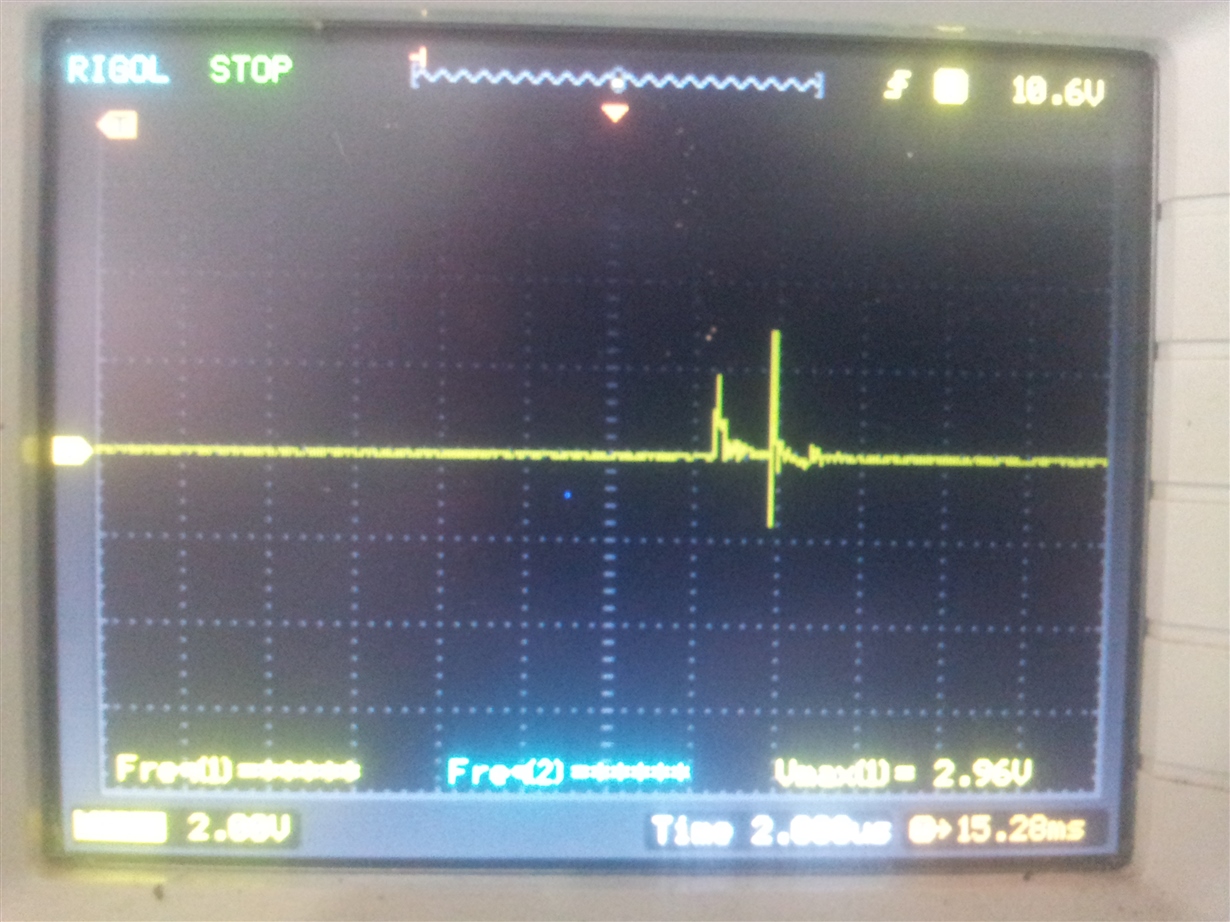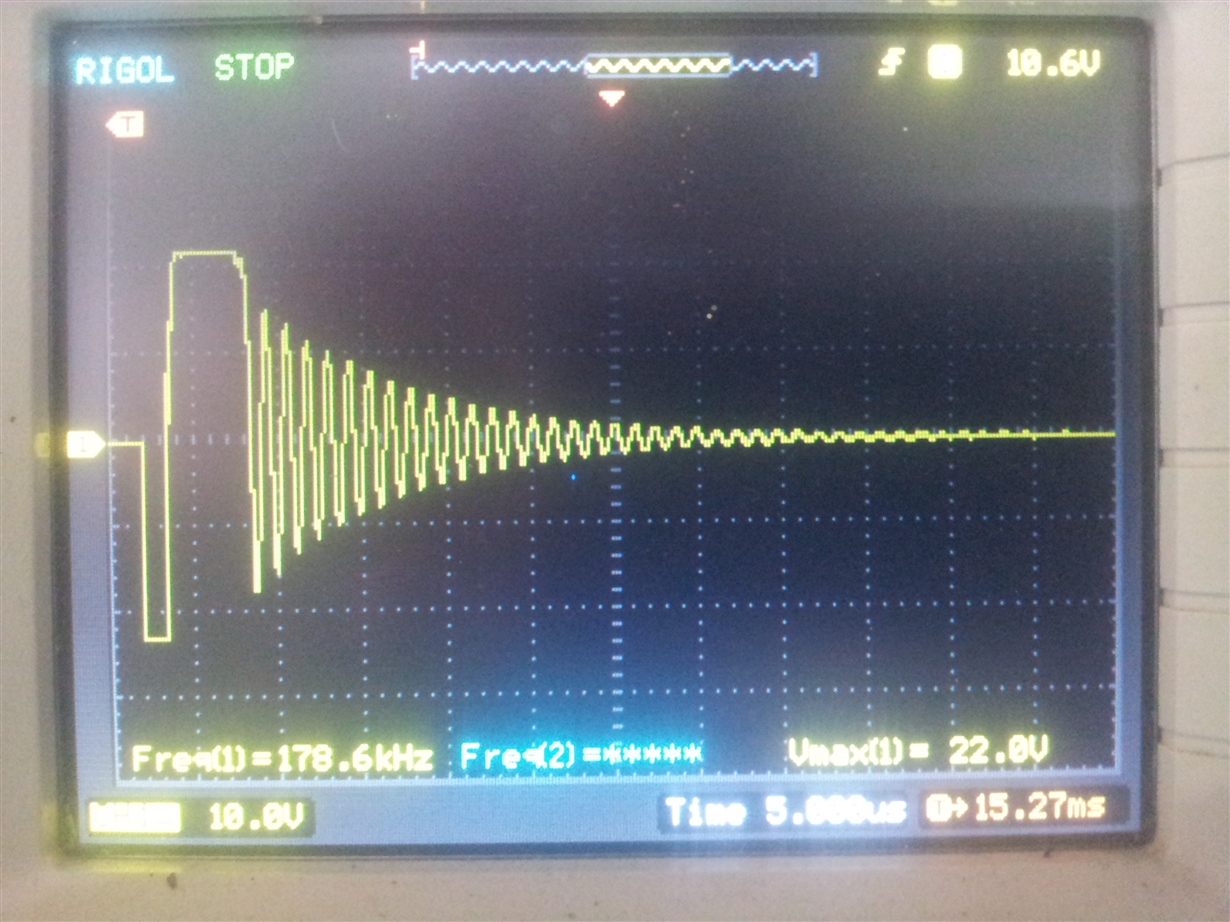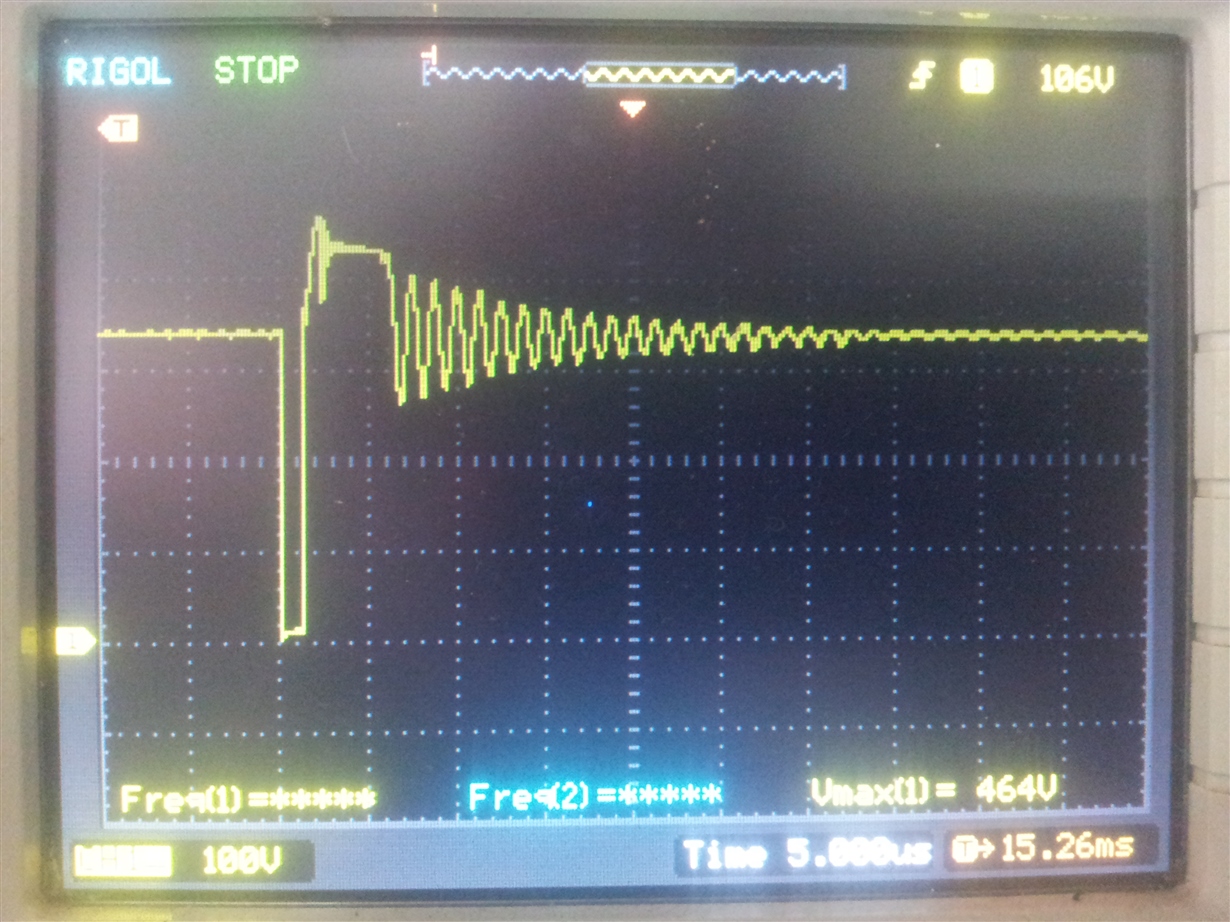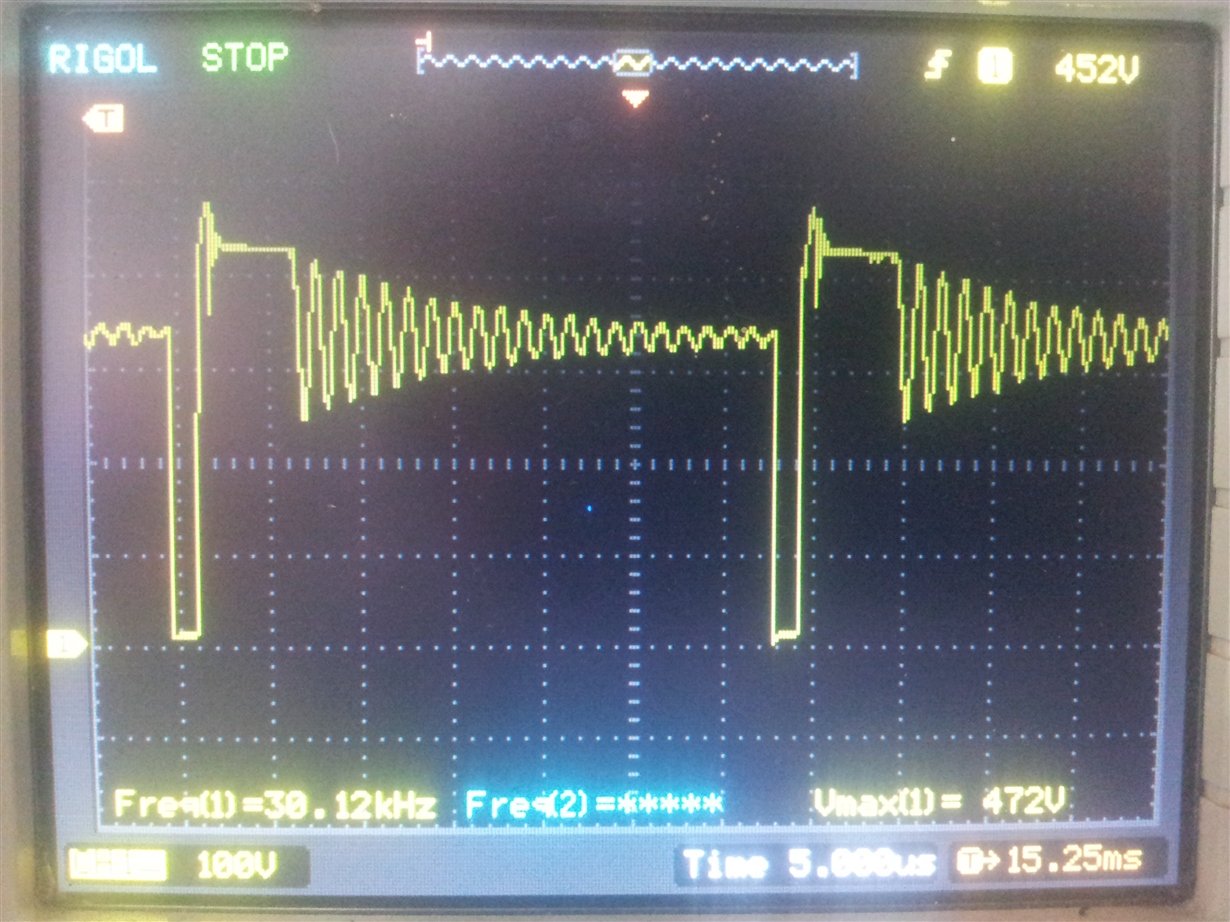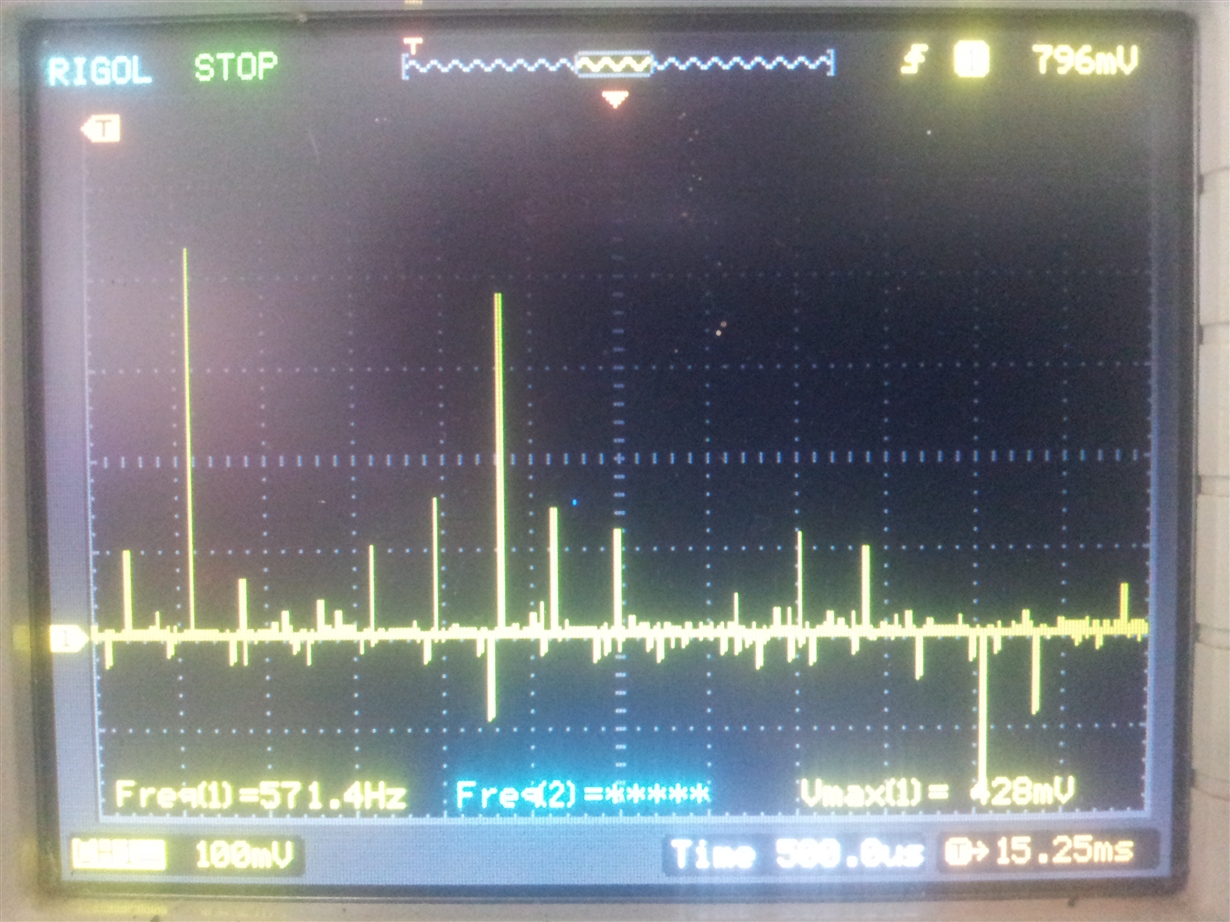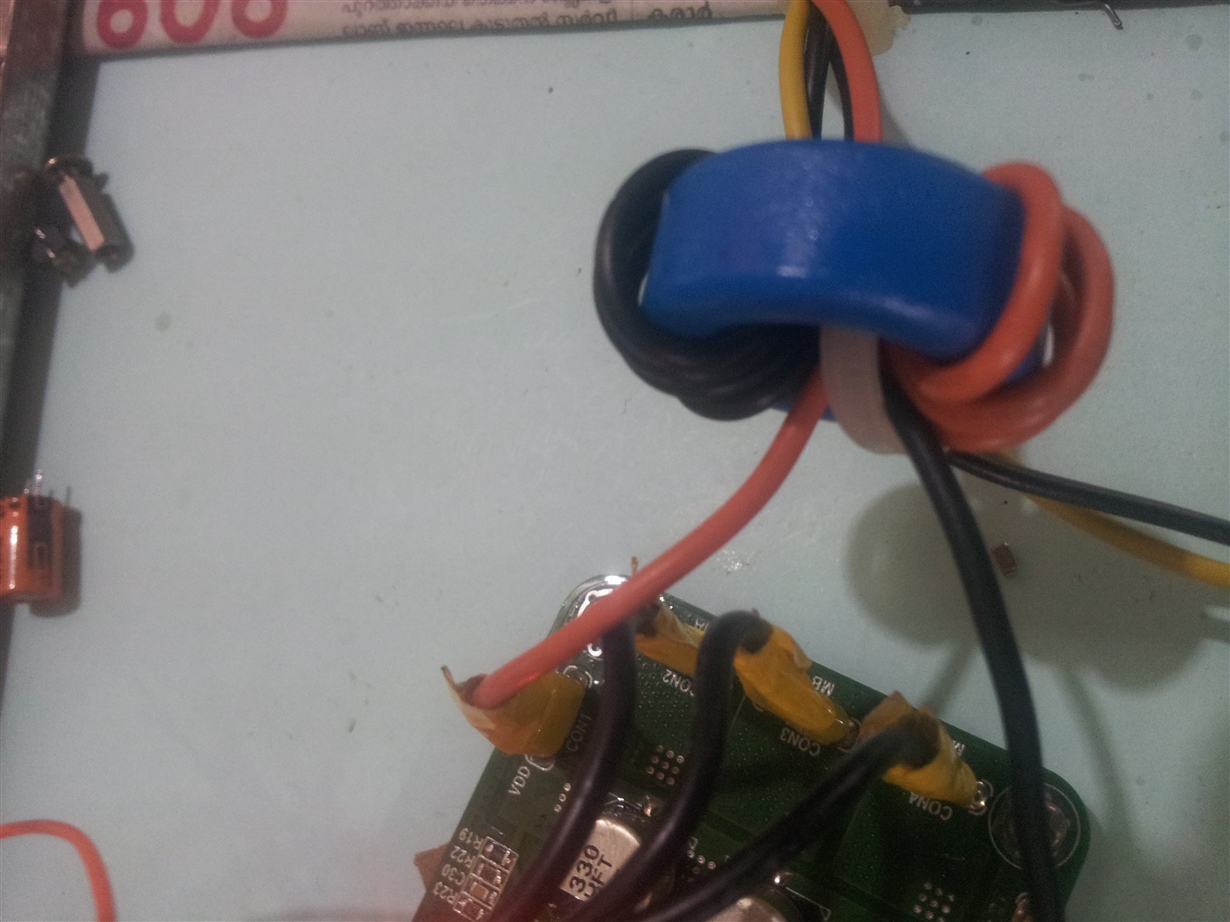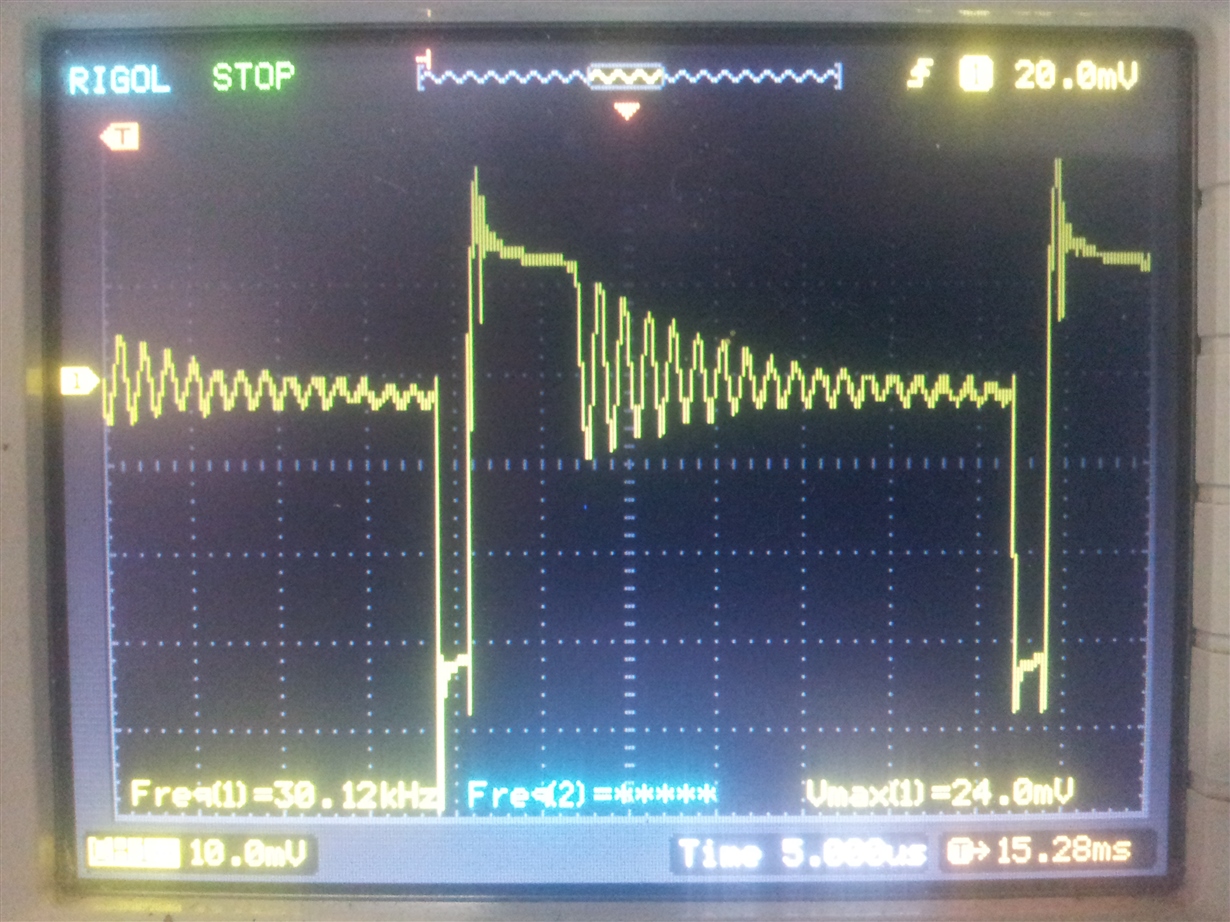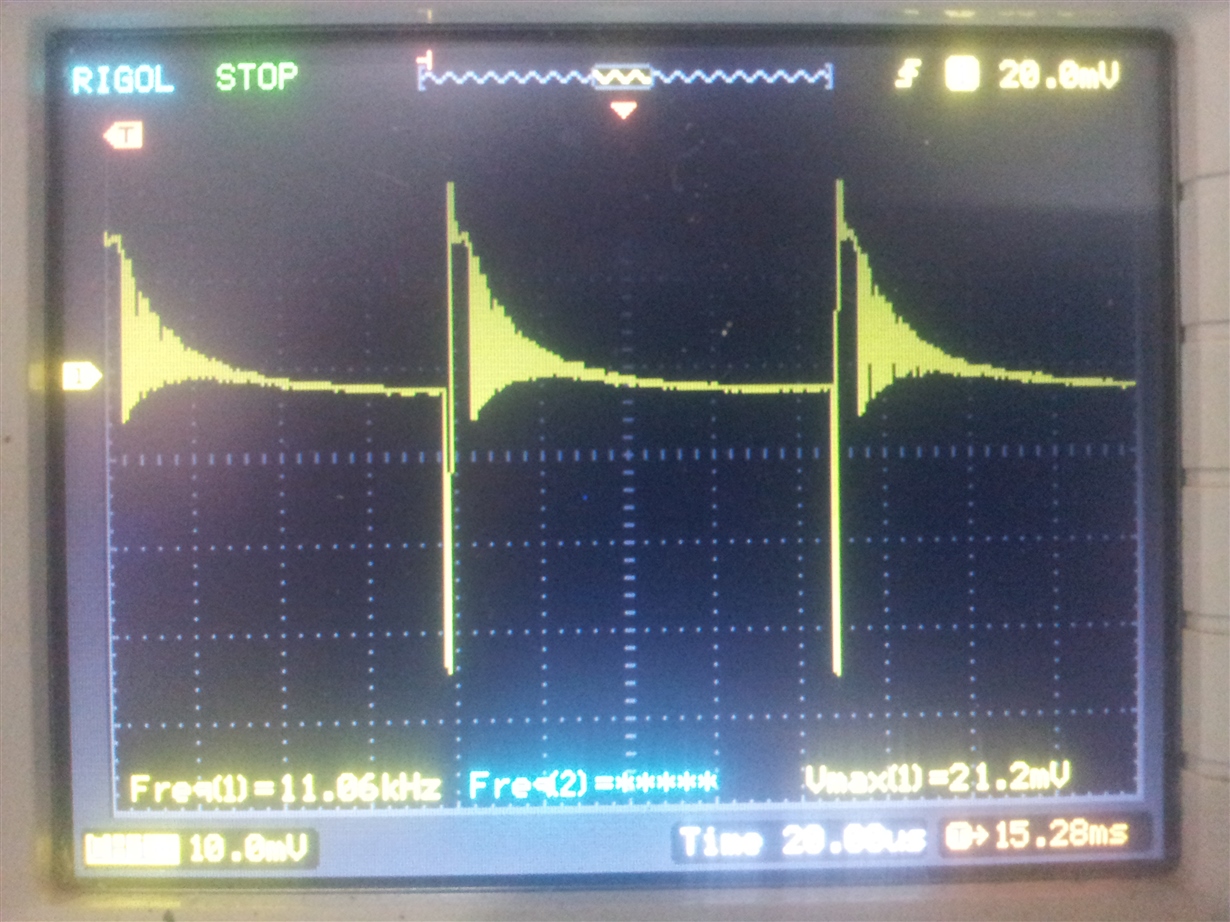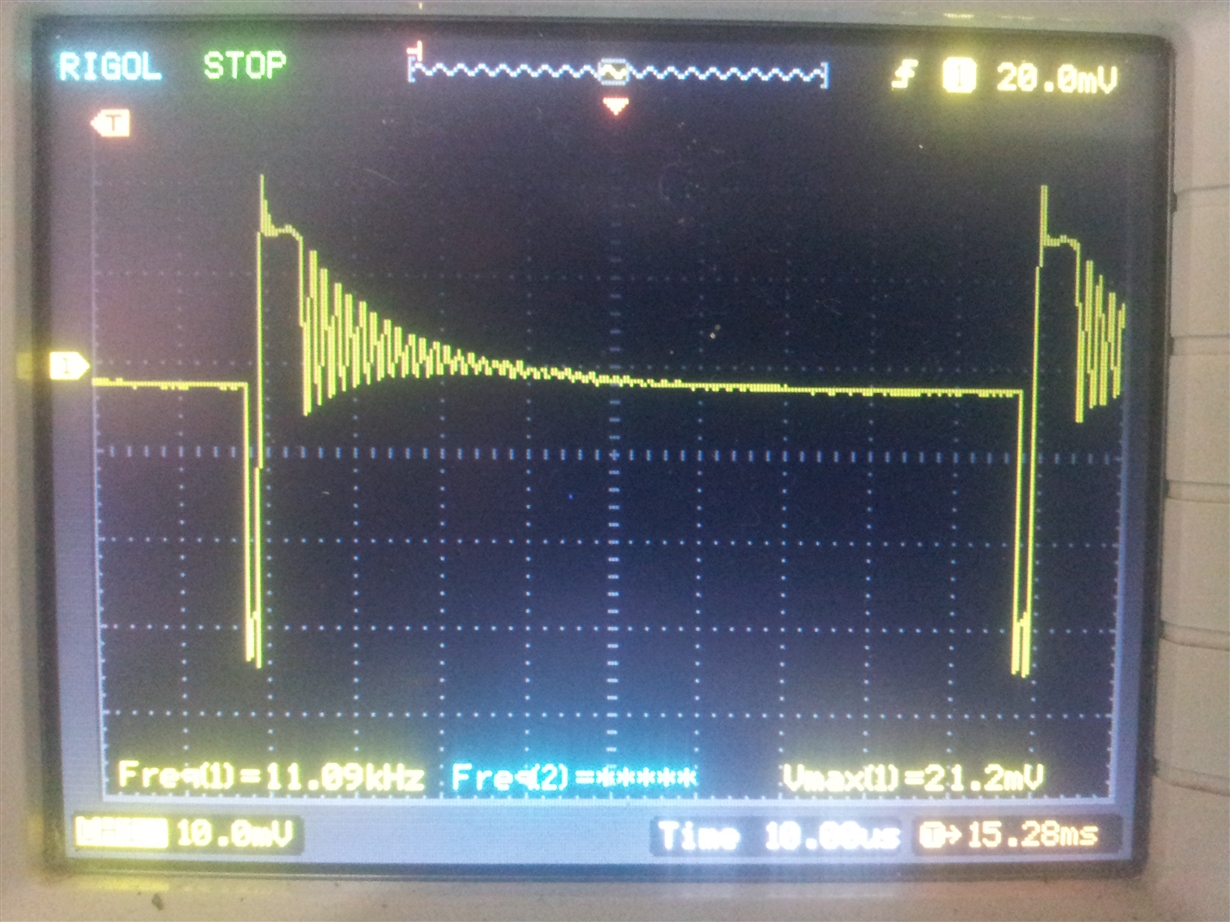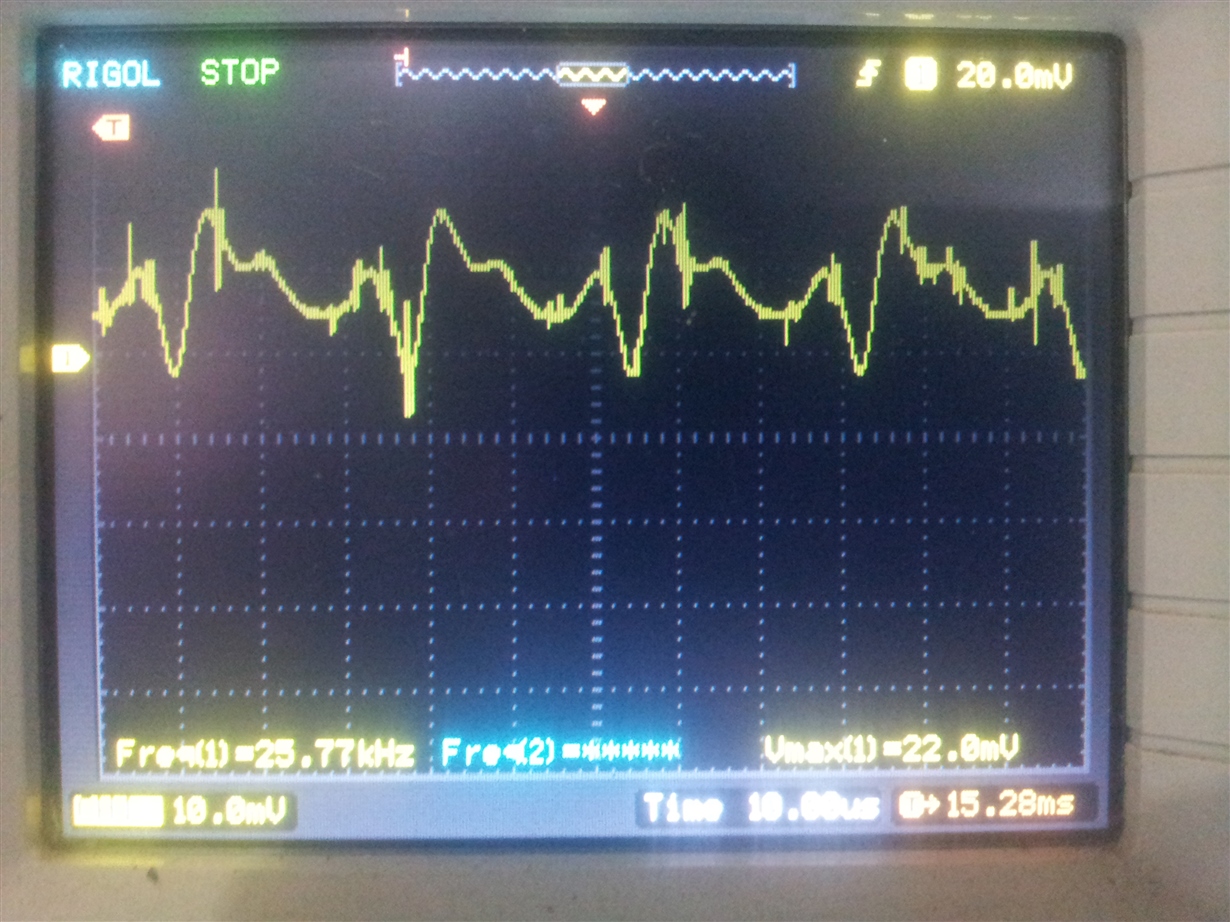Other Parts Discussed in Thread: DRV8305, UCC28630, TLV1117
Hi,
Following the thread 
Have successfully built the SMPS and it appears to work in NO LOAD situations and with a 55W load too (24V/55W lamp load). The output voltage is about 19.6V. The SMPS appears okay with Short Circuit protection too.
Things went well, thanks to the folks who have chimed in on various aspects.
The issues that I've been seeing:
#1. There's a small noise. The noise varies with the load at the output. Initially, I thought it is from the transformer, that doesn't seem to be the case. The transformer has been manufactured by a professional vendor. It has been varnished, baked and so on.
Where else can the noise come from ? Looking around, I see people talking about capacitors making the noise, Is it really true ?
#2. Changed the load from the lamp to a Brushless DC motor and it's controller. The setup works with a commercial off the shelf SMPS quite okay. But when I do power from the SMPS under consideration, the setup goes really crazy. It appears that the controller gets RESET due to noise from the power supply.
The funnier part, is that the same motor and controller ran well from the SMPS under consideration for about a week. It was all of a sudden, I had a failure of a MLCC, Gate driver (DRV8305) and a MOSFET pair with the BLDC controller. After that the issue was identified and the motor runs perfectly with everything else, except with this SMPS that we are talking about.
As a result for testing purposes, added a 10,000uF/50V electrolytic capacitor along with a 470uH toroid inductor as a LC filter to filter out the power supply ripple. Still, with the LC filter, the motor and it's controller behaves exactly the same.
Tried looking at the ripple at the SMPS output with the load, the ripple voltage is less than 0.5V, looking at the waveform on a scope connected to the power rails.
Now, my query is, how to identify the issue with the SMPS ?
Thanks,
Manu



